Sing Tehus is now B Corp certified! Read more
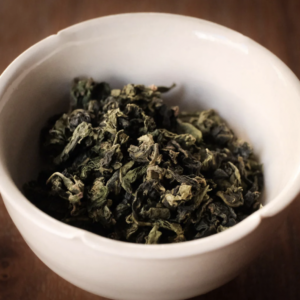
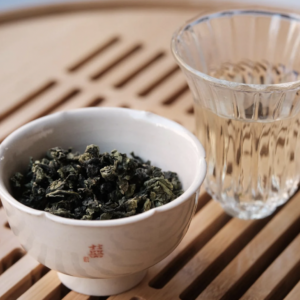
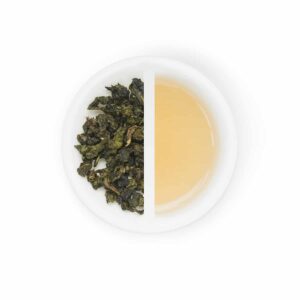
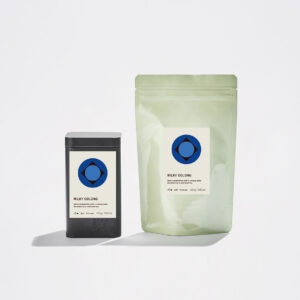
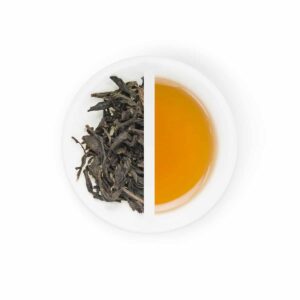
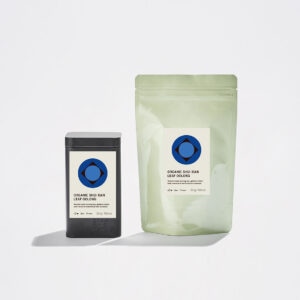
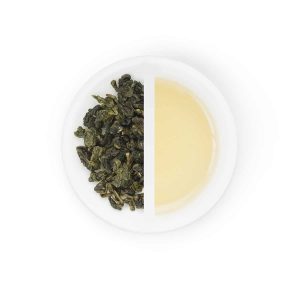
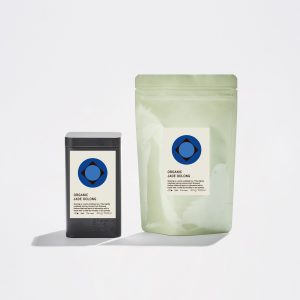
Oolong tea
Oolong tea is a semi-oxidised, which can also be explained as a green tea, which is subjected to short- or long-term oxygenation and becomes semi-oxidised (semi-oxygenated). The leaves have briefly started an oxidation process, which has been interrupted by drying. Many people also refer to this process as a fermentation process and thus Oolong tea as semi-fermented tea, but since it is about the oxidation process, it is more correct to call it semi-oxidised tea.
The fact that Oolong tea is semi-oxidised means that the flavour balances somewhere between green and black tea.
The story behind Oolong Tea
The name Oolong in Chinese means "black dragon" or, directly translated, "raven black dragon". Several different legends tell the origin of this name. One of them says that a plantation owner was frightened away from where his leaves were drying when he saw a black snake. When he cautiously returned a few days later, the leaves had been oxidised by the sun, resulting in an enticing taste sensation. Others believe the name refers to the leaves, which resemble little black dragons that wake up from hibernation when brewed in the hot water.
A multitude of variants
At Sing Teahouse, we have different flavours of Oolong tea so you can find your favourite. All Oolong teas are always whole leaf and originate mainly from Taiwan and China.
In addition, we also have two organic flavours. China Leaf Oolong Shui Xian and Jade Oolong. See our full range of organic teas here.
China Leaf Oolong is a dark oolong tea in the "yancha style", which means that the tea comes from tea bushes growing on rocks. The tea itself has a slightly sweet and rich flavour with notes of dried fruit, tobacco and a mineral aftertaste. Jade Oolong is a green Oolong tea as it is oxidised quite lightly, giving you a light tea with a very soft flavour character with floral notes like lily and orchid.
Get exclusive news and promotions delivered straight to your inbox. Also, look forward to ongoing inspiration on new ways to use tea, such as cold brewing, soothing tea face masks and much more. Sign up for the newsletter here.
Sign up for our newsletter and get 10% off your first purchase.

